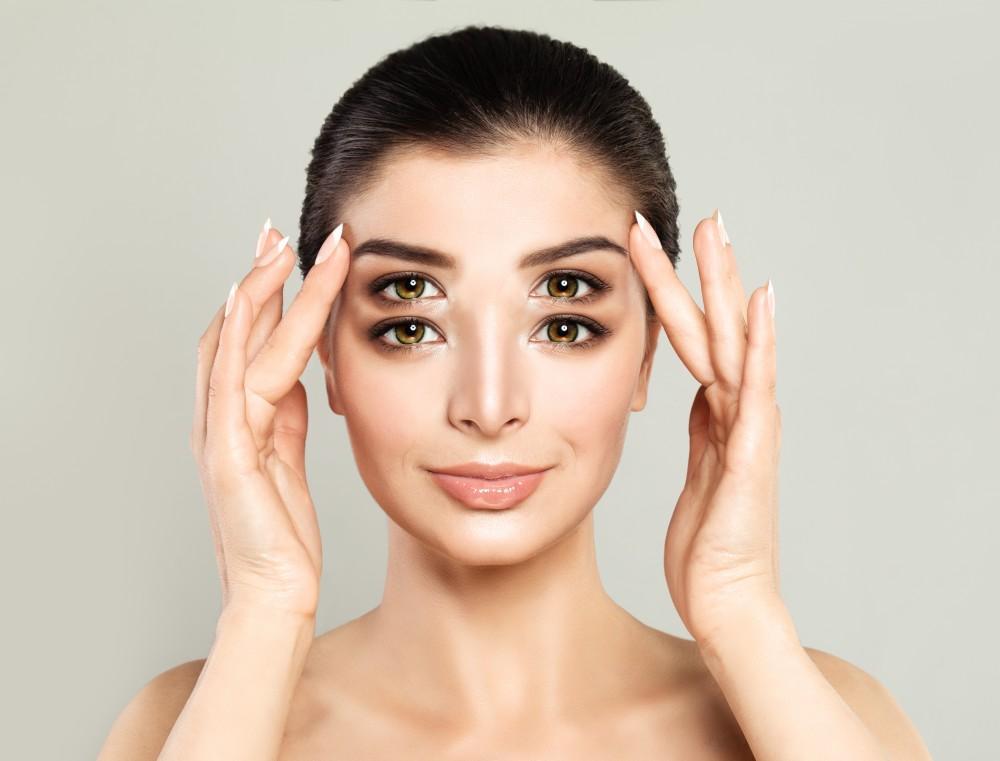
Coping With Chronic Dry Eye

Dry eye is a common medical problem and one that often turns chronic, especially as you age. Each time you blink, your eyelids spread tears across the cornea, the eye’s front surface. Tears serve a number of functions, including:
- Provide lubrication
- Wash away foreign matter
- Reduce the risk of an eye infection
- Keep the eye’s surface smooth and clear
Any excess tears flow into ducts in the inner corners of the eyelids, which drain into the back of the nose. Dry eye occurs when your tear production and duct drainage don’t balance properly.
At Maryland Eye Care Center, with locations in downtown Silver Spring and Hyattsville, Maryland, our expert team of optometrists and ophthalmologists understands just how irritating dry eye can be, and we want to reassure our patients there are treatments that can help improve their condition. Here’s what you need to know:
Dry eye causes
Dry eye is more than just a bothersome irritation; left untreated, it can cause complications including eye infections, damage to the eye’s surface, and a decreased quality of life since performing everyday activities like reading or driving may become difficult.
People with dry eyes may not produce enough tears, or their tears may be of poor quality. While several glands in and around the eyelids produce tears, the leading culprits for not producing enough tears are:
- Age: diminished production over time
- Some medical conditions: rheumatoid arthritis, thyroid problems, and diabetes, among others, all dry the eyes
- Medication side effects: antihistamines, blood pressure medications, antidepressants, and decongestants all decrease production
- Environmental conditions: wind and dry air increase tear evaporation
Tears contain three layers: oil, water, and mucus. Each protects and nourishes the eye’s cornea. If any of the layers are damaged, your tears may be too watery, evaporate too quickly, or not spread evenly over the cornea. The result — dry eye.
Dry eye symptoms
Dry eye comes with a number of uncomfortable symptoms, including:
- Burning or stinging
- Bloodshot eyes
- Scratchy-feeling inside
- Discharge
- Watery eyes
It may seem strange to see watery eyes as a symptom of dry eye, but it’s quite common since the eye is trying to lubricate itself in the absence of tears. The tears that are present come only from the watery layer, with the oil and mucus layers missing.
Treating chronic dry eye
The best thing to do if you have chronic dry eye is to come in and see us at Maryland Eye Care Center. Our team can evaluate your condition and determine exactly what’s causing it, so we can treat the problem effectively.
At-home dry eye solutions
There are a number of things you can do at home to alleviate some of your dry eye symptoms until your appointment.
- Use OTC gels, ointments, and drops: help eyes retain moisture
- Change medications: talk to your doctor about substitute medications for those that cause dry eye as a side effect
- Avoid smoke: both smoking and secondhand smoke
- Limit screen time: you blink less staring at a computer, worsening dry eye symptoms
- Wear sunglasses: wraparound protective glasses keep wind, sun, and dirt out
- Use a warm, damp compress: can soothe dry eyes
- Try gentle massage: light pressure can stimulate tears
- Ditch your contacts: switch to glasses to ease discomfort
Medical treatments
If your chronic dry eye has progressed beyond the point where at-home remedies can relieve your symptoms, our team can help. Depending on how severe your condition is, we may recommend a number of treatments.
For mild cases, lubricating eye drops can soothe your eyes, reducing the burning and scratchiness. We use Oasis TEARS®, a preservative-free solution.
If you suffer from chronic dry eye, we might give you prescription-strength eye drops to use twice a day to reduce inflammation and improve tear production. Consistent use is essential to maximize relief.
If your dry eye doesn’t respond to either of these treatments, we may recommend a minimally invasive procedure, blocking the tear ducts with silicone or gel-like plugs to retain moisture in the eye. The plugs can be removed later if needed. We might also recommend a surgical procedure to permanently close the tear ducts. In both cases, our goal is to keep the maximum amount of available tears in your eye longer to aid with lubrication.
If you’re struggling to cope with chronic dry eyes, we can help. Give Maryland Eye Care Center a call at either location to set up a consultation, or you can book your appointment with us online.
You Might Also Enjoy...


What Can Cause Double Vision?

My Vision Is Suddenly Blurry: Is This an Emergency?

5 Tips to Protect Your Vision from Digital Eye Strain

/assets/docs/442641.png)
/assets/docs/442638.png)
/assets/docs/442639.png)
